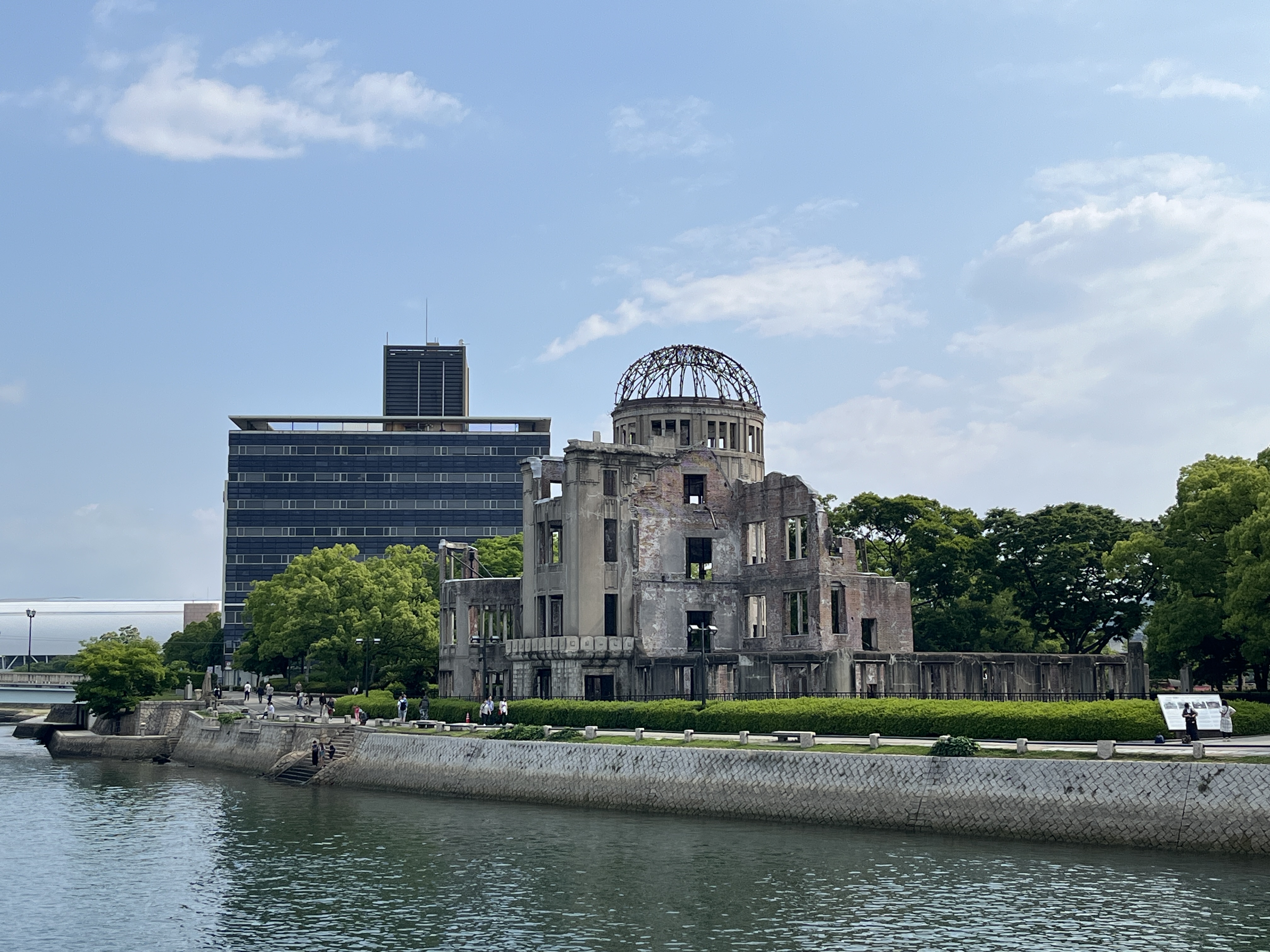Hiroshima Atomic Bomb Dome: A Visitor’s Guide to History, Peace, and Reflection 🕊️
Are you planning a trip to Japan and looking for a destination that combines history, culture, and a powerful message of peace? The Hiroshima Atomic Bomb Dome is a must-see. This guide is written especially for international travelers, making it easy to understand the significance of this site and how to make the most of your visit.
1. What is the Atomic Bomb Dome?
The Atomic Bomb Dome (原爆ドーム, Genbaku Dōmu) is one of the most iconic landmarks in Japan. Originally built in 1915 as the Hiroshima Prefectural Industrial Promotion Hall, it was designed by Czech architect Jan Letzel. On August 6, 1945, at 8:15 AM, the world’s first atomic bomb used in war exploded almost directly above this building. While most of Hiroshima was destroyed, the Dome’s steel frame and some walls survived, creating a haunting silhouette that stands to this day.
2. Why is the Dome Important?
Today, the Atomic Bomb Dome is a UNESCO World Heritage Site. It is preserved exactly as it was after the bombing, serving as a powerful symbol of the horrors of nuclear war and the hope for world peace. The Dome is a place for reflection, remembrance, and learning. It reminds us of the past and inspires us to work for a peaceful future.

3. Planning Your Visit
The Dome is located in the heart of Hiroshima Peace Memorial Park. There is no entrance fee, as the Dome is an outdoor monument. Here are some tips for your visit:
- Take your time: Walk around the Dome and absorb the atmosphere. It’s a place for quiet thought and respect.
- Photography: You are welcome to take photos, but please do so respectfully. Avoid loud conversations and be mindful of other visitors.
- Combine with the Peace Memorial Museum: Just a short walk away, the Hiroshima Peace Memorial Museum offers detailed exhibits, personal stories, and artifacts from the bombing. Visiting both the Dome and the Museum will give you a deeper understanding of Hiroshima’s history.
- Guided Tours: Consider joining a guided tour (available in English and other languages) to learn more about the site’s history and significance.
- Best Time to Visit: The park is open year-round, but spring (cherry blossom season) and autumn (colorful leaves) are especially beautiful.
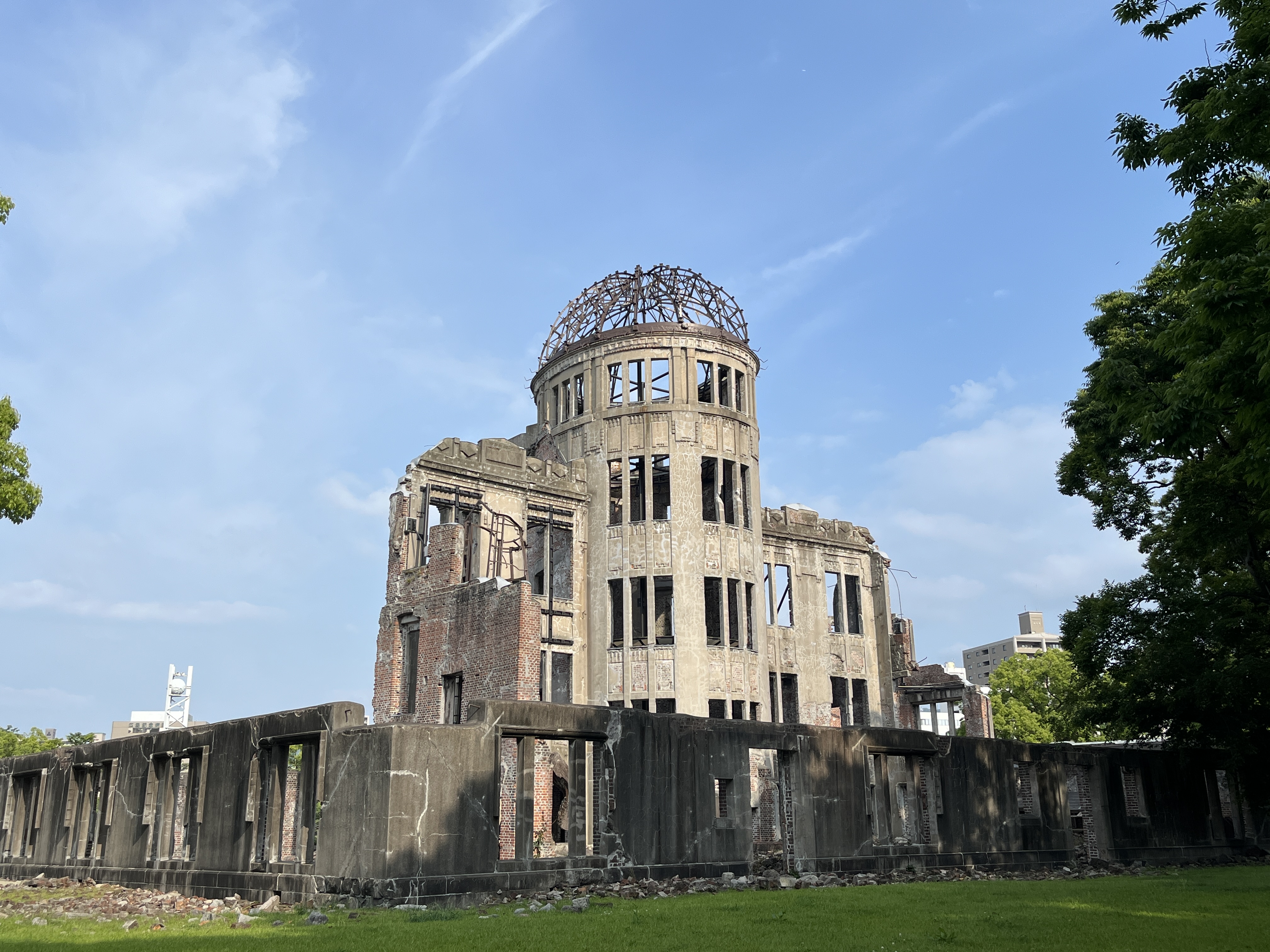
4. The Story of Hiroshima: From Tragedy to Hope
Hiroshima’s story is not only about tragedy. After the war, the city was rebuilt with a strong message of peace. Today, Hiroshima is vibrant and welcoming, with friendly locals, delicious food, and beautiful parks. The city’s recovery is a testament to human resilience and hope.
- Okonomiyaki: Try Hiroshima’s famous savory pancake, a local specialty.
- Shukkeien Garden: Visit this traditional Japanese garden for a peaceful stroll.
- Hiroshima Castle: Explore the reconstructed castle and learn about the city’s samurai history.
- Local Events: Check for peace ceremonies or cultural festivals during your visit.
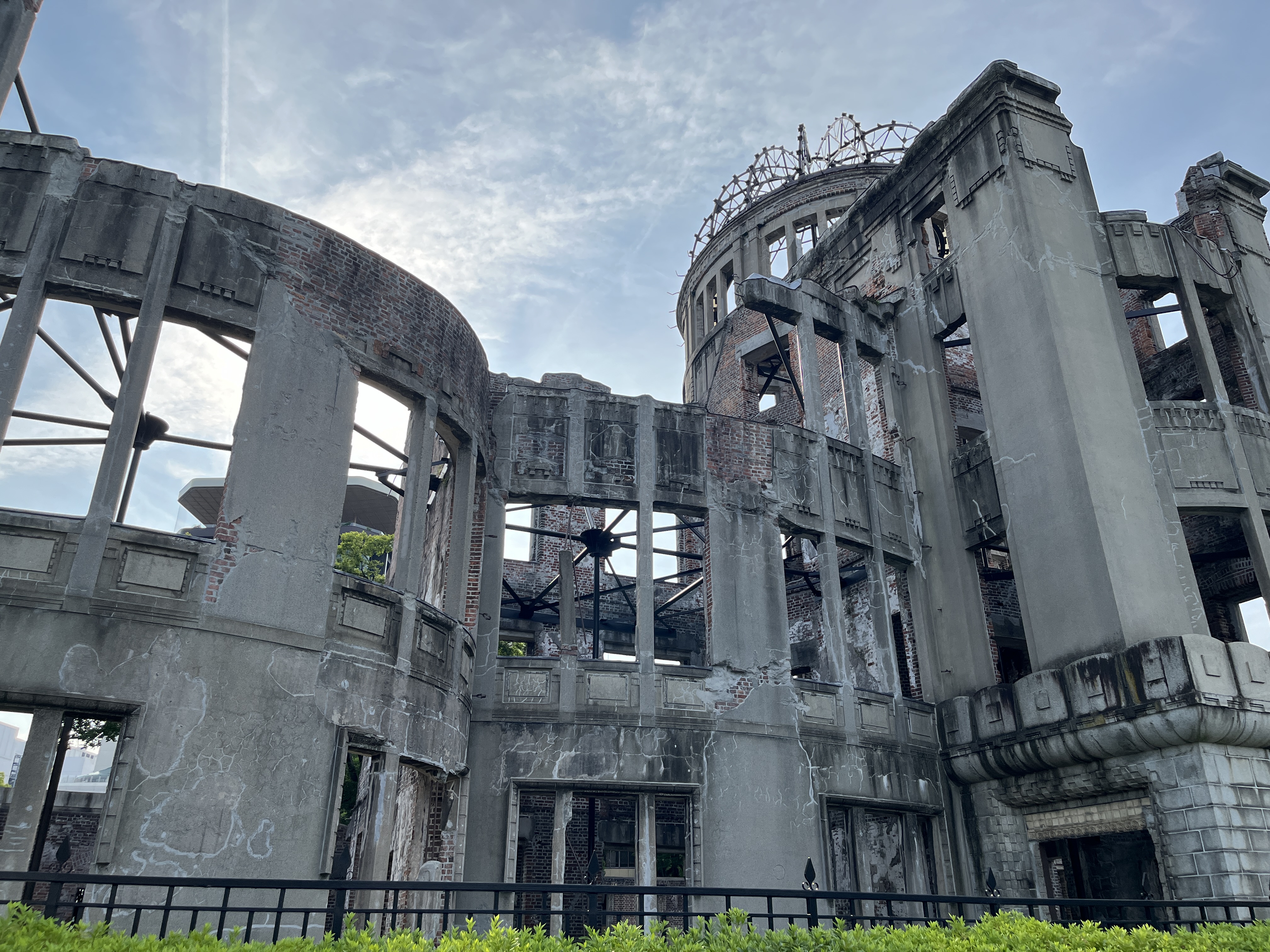
5. How to Get to the Atomic Bomb Dome
Hiroshima is easy to reach by Shinkansen (bullet train) from major cities like Tokyo, Kyoto, and Osaka. From Hiroshima Station, you can take a streetcar (tram) or walk to Peace Memorial Park. The Dome is well-signposted and easy to find.
- From Tokyo: About 4 hours by Shinkansen.
- From Kyoto/Osaka: About 2 hours by Shinkansen.
- By Air: Hiroshima Airport has domestic and some international flights. Airport buses connect to the city center.
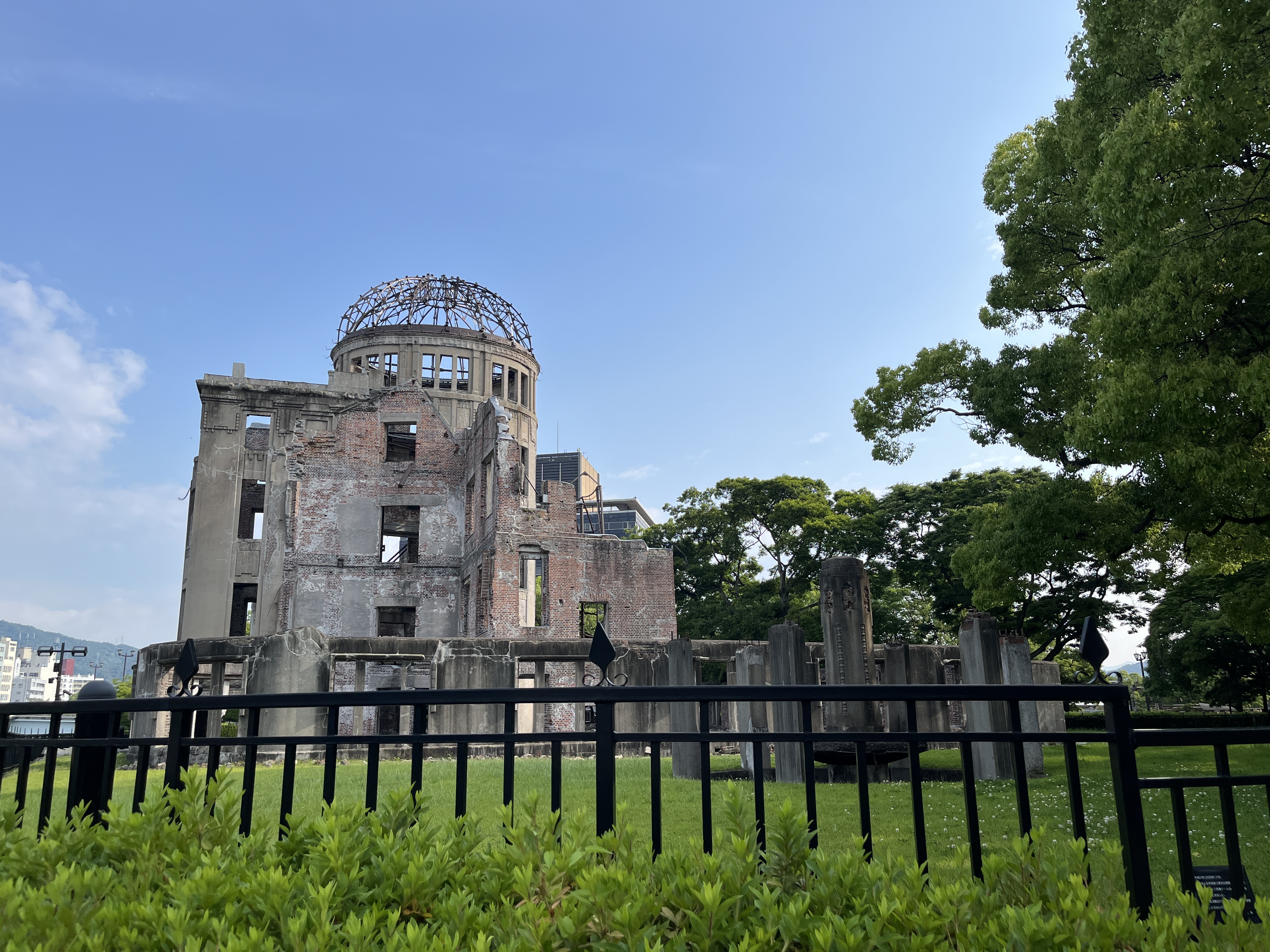
6. Tips for a Meaningful Visit
- Be Respectful: The Dome is a memorial. Speak quietly and show respect for the site and other visitors.
- Learn Before You Go: Reading survivor stories or watching documentaries can help you appreciate the significance of the site.
- Bring a Notebook: Many visitors write down their thoughts or feelings after visiting. It’s a powerful experience.
- Support Peace Efforts: Consider making a donation to peace organizations or the museum.
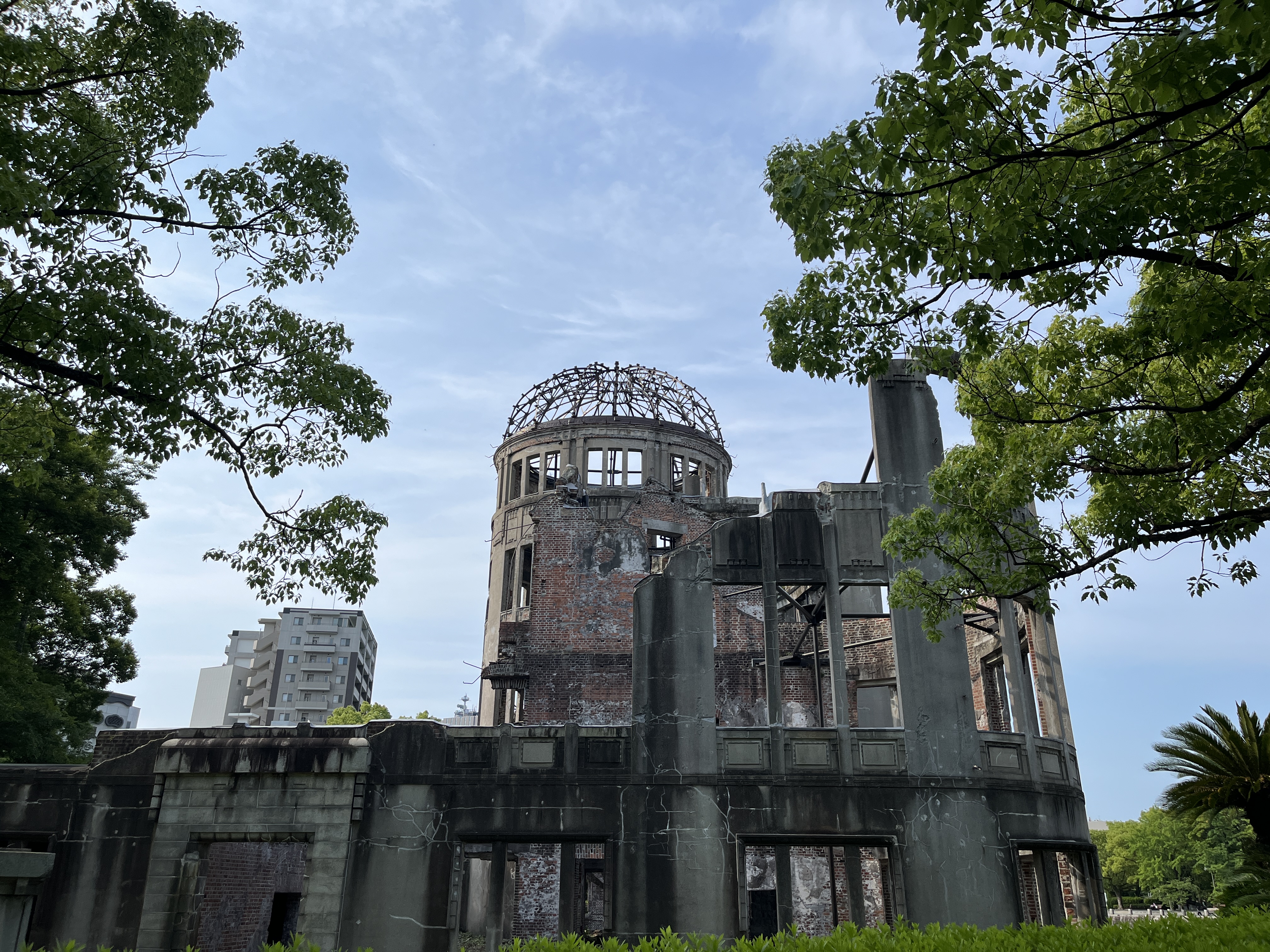
7. Frequently Asked Questions (FAQ)
Q: Is the Atomic Bomb Dome safe to visit? A: Yes, the site is safe and open to the public. The structure is stabilized and regularly maintained.
Q: How long should I spend at the Dome? A: Most visitors spend 30–60 minutes at the Dome, but allow extra time for the museum and park.
Q: Can I visit at night? A: The park is open 24 hours, and the Dome is illuminated at night, creating a beautiful and solemn atmosphere.
Q: Are there English signs and information? A: Yes, most signs and exhibits are available in English and other languages.
8. Final Thoughts: Why You Should Visit
Visiting the Hiroshima Atomic Bomb Dome is more than just sightseeing. It’s an educational and emotional journey that will leave a lasting impression. The Dome stands as a testament to the resilience of Hiroshima’s people and the importance of peace. By visiting, you honor the memory of those affected and help spread a message of hope for the future.
We hope this guide helps you have a meaningful and memorable visit to Hiroshima. Travel safely and may your journey inspire peace!
